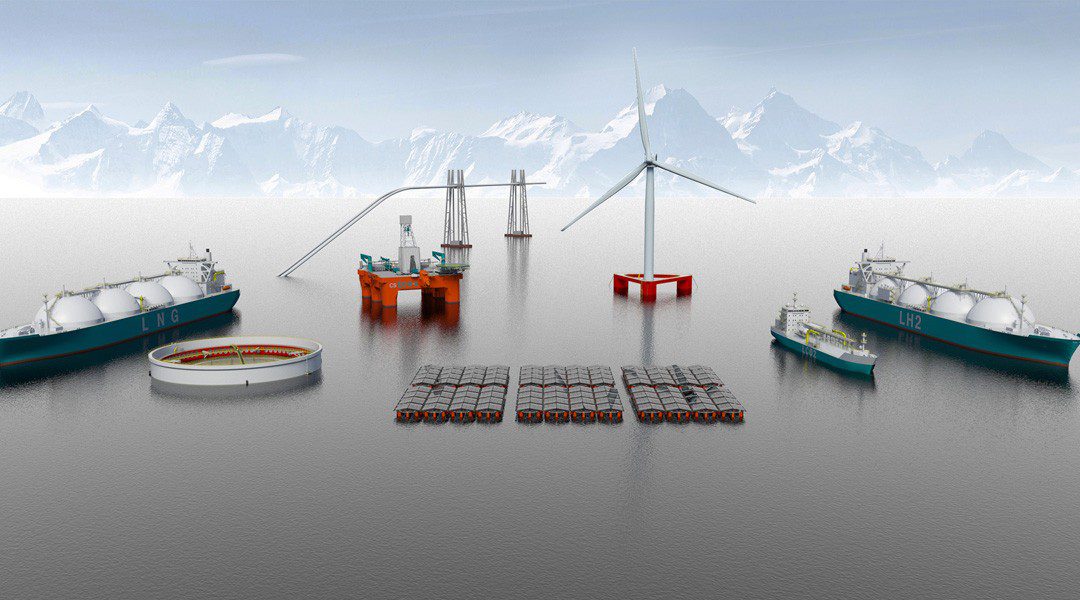Global tanker freight is expected to face downward pressure in the second quarter of the year due to concerns over a global economic slowdown and a reduced likelihood of disruption from US port fees on China-linked ships, market participants and analysts said April 21.
The latest proposals from the US Trade Representative could still divide large, dirty tankers — such as VLCCs and Suezmaxes — into China and non-China origin categories if and when a dollar per net ton fee is imposed on ships calling at US ports.
However, a large part of US crude imports will get an exemption under short-sea shipping within 2000 nautical miles of American ports.
“One of the unknowns is now mostly clear, as the [US port] fees on China[-linked ships] will only be levied in the fourth quarter, and more adjustments are possible in the run-up to its implementation,” a chartering executive in Seoul said.
The US has announced fees to be imposed starting Oct. 14, drawing a fine distinction between ships owned and operated by Chinese companies and those built in China for companies elsewhere. Ships arriving empty to load American export cargoes have been granted an exemption from these fees.
The USTR’s latest draft proposals offer a major lifeline to both importers and exporters, said Jay O’Neil, a grains trader and former senior agricultural economist at Kansas State University.
If implemented in their current form, the proposals would require most China-built, crude-laden VLCCs to pay nearly $1.9 million when calling at US ports starting mid-October — a figure expected to rise to over $2.4 million within a year, according to brokers in Tokyo and Seoul.
The corresponding fee for Suezmaxes is estimated at around $915,000 starting Oct. 14, rising to nearly $1.17 million by April 2026, the brokers said. This will primarily affect the smaller volumes of crude the US imports from the Persian Gulf and West Africa, as most of its purchases come from Canada, Mexico and the Caribbean — regions eligible for exemption under the 2,000-nautical-mile limit, said Masood Baig, director at United Marine shipping brokerage.
A quarter of the VLCCs involved in US trade in 2024 were China-built, according to England-based shipping consultancy Maritime Strategies International.
The optimization strategy — where laden VLCCs from Africa and the Persian Gulf discharge import cargoes and then load US crude for export — will become challenging unless ship-to-ship transfers at the US Gulf’s LOOP are explicitly exempted in the final ruling, according to tanker brokers in Singapore. A public hearing on the proposed fees is scheduled for May 19.
It is common for China-built tankers to regularly call at US ports, given that the country exports over 10 million b/d of crude and refined products combined and imports more than 8 million b/d, according to US government estimates.
Starting mid-October, imports carried on China-owned, operated or even China-built ships could become prohibitively expensive due to a proposed $18/net ton fee — set to rise to $23/net ton by April next year, sources said. They added that the net tonnage applies to the ship itself, not the size of the cargo.
Since most US imports of distillates and exports of gasoil are carried on MRs, these tankers may qualify for an exemption under the 80,000 deadweight tonnage capacity threshold, a source from a clean tanker owner said.
Subdued freight
The series of tariffs and countertariffs imposed by the US and China on each other this year has raised concerns about previous forecasts for global economic growth and demand for crude and refined products.
A global economic slowdown will reduce demand for both oil and oil tankers, although some importers may take advantage of lower prices to replenish inventories, a chartering executive at a global commodities trading company said.
The chartering executive added that despite tankers taking the longer route via the Cape of Good Hope to deliver cargoes to Europe, reduced demand is driving freight down.
VLCC freight has fallen sharply. Platts, part of S&P Global Commodity Insights, assessed the benchmark Persian Gulf-China route at w59.5 on April 17, down from w70 on March 20. Sources said shipments are expected to slow with China imposing an additional tariff on US crude imports.
Slow deliveries, aging fleet
Close to 40 dirty tankers, mostly Suezmaxes and Aframaxes, are expected to be delivered this year, though this remains below the 10-year average of 76 ships, said Enrico Paglia, a Genoa-based research manager at shipping brokerage and consultancy Banchero Costa (Bancosta).
More than a third of the global VLCC fleet, which exceeds 890 tankers, is now over 15 years old, and world trade is being served by the oldest fleet in 20 years, Baig said.
One in every five dirty tankers is over 20 years old, largely due to very low demolition rates, as these ships are still useful for moving sanctioned cargoes, Paglia said.
Baig estimated that a quarter of the world’s Aframaxes are over 20 years old, while Paglia noted that 19% of the global Aframax-LR2 fleet is sanctioned. Bancosta estimates that 140 clean tankers will be delivered this year, with 80 of them being MRs.
Source: Platts






